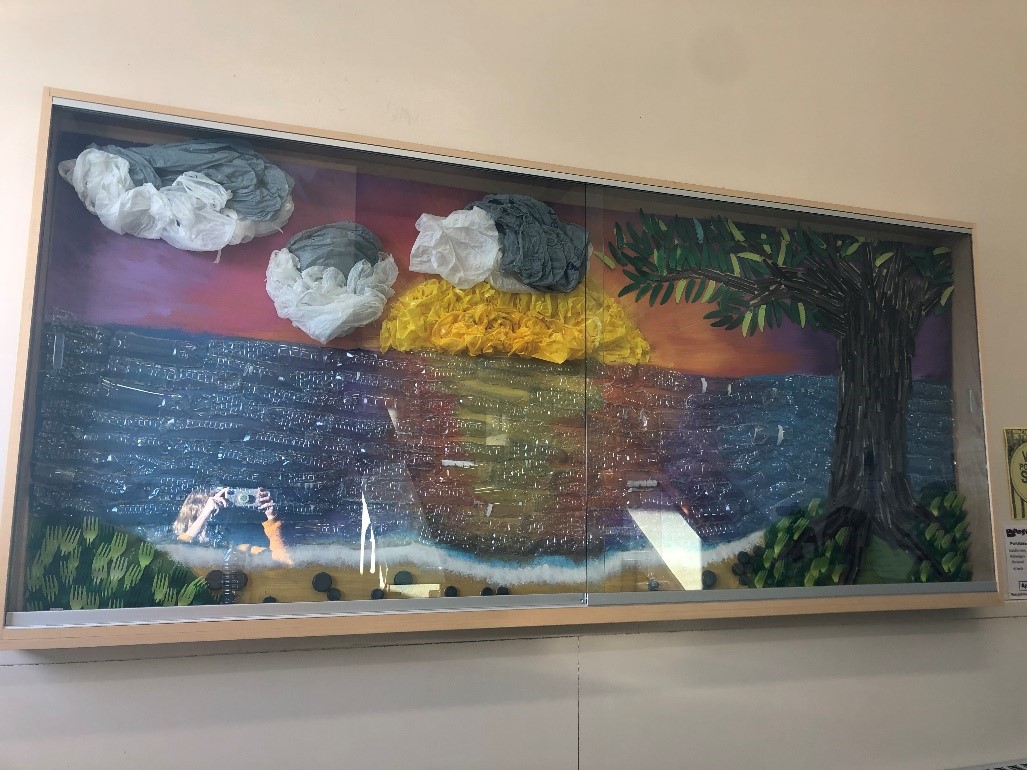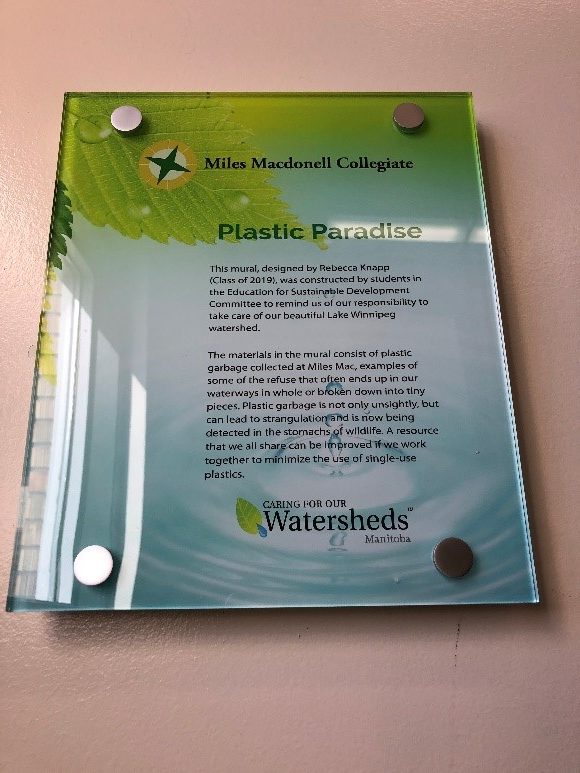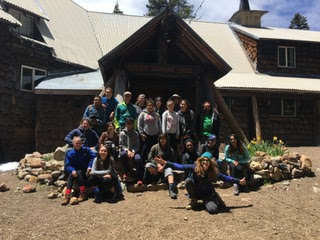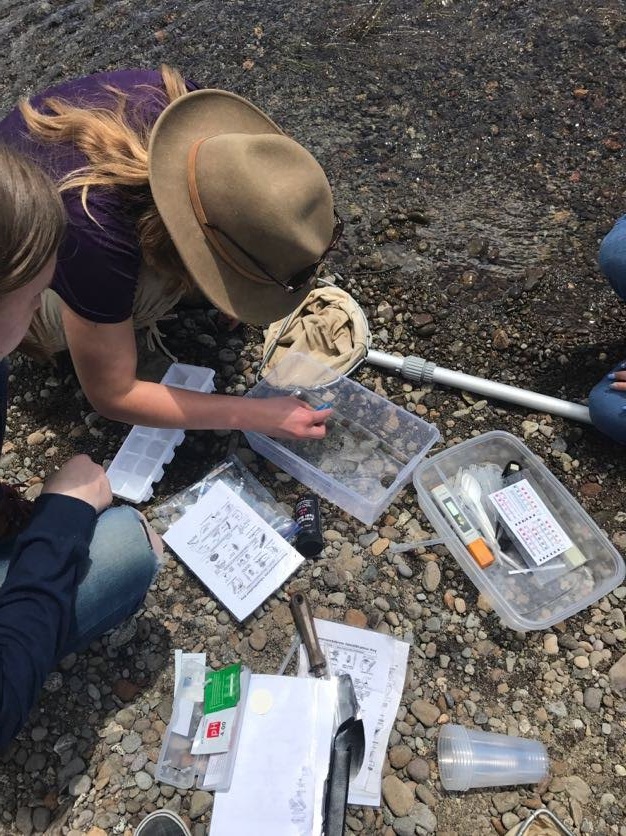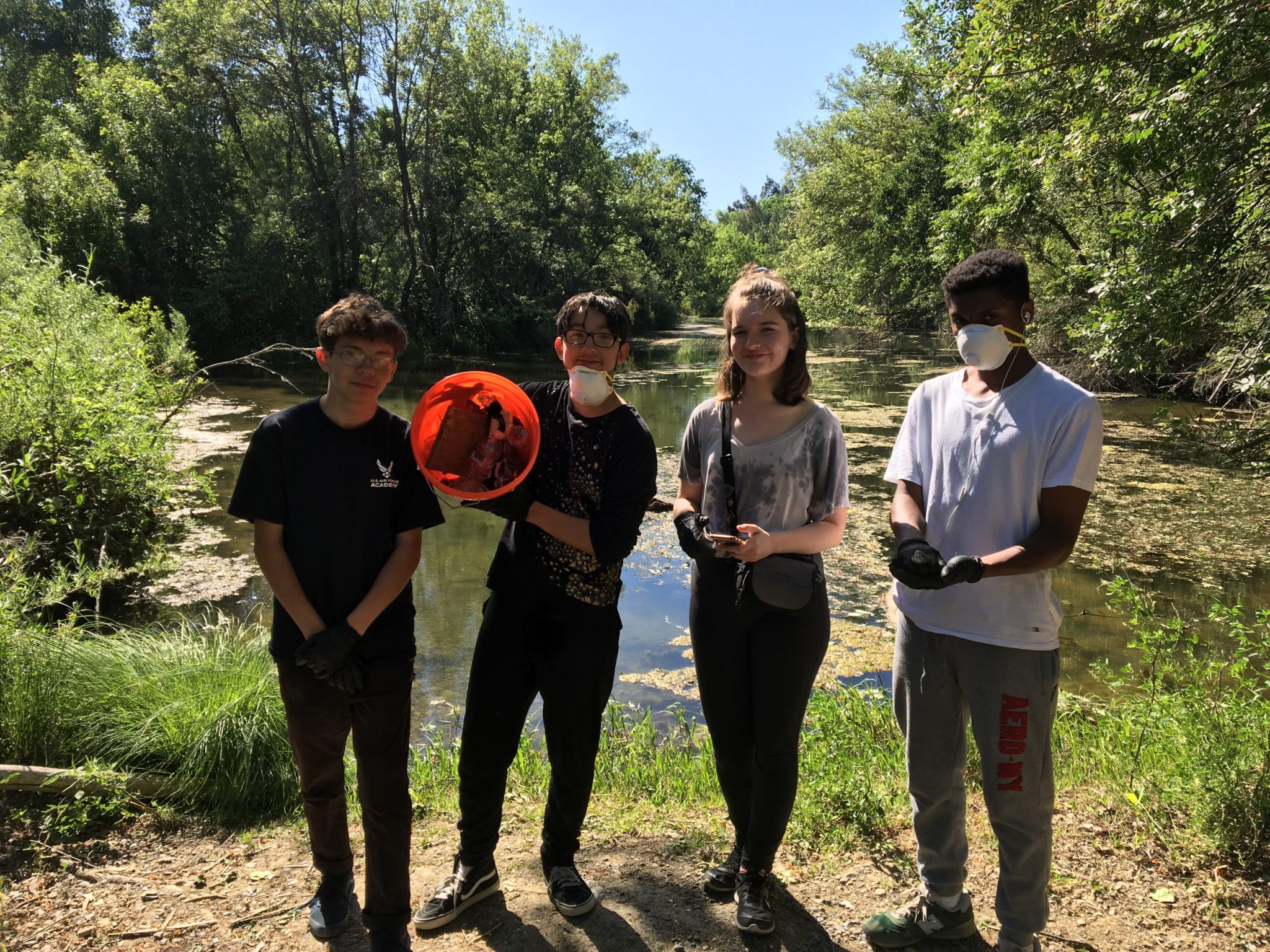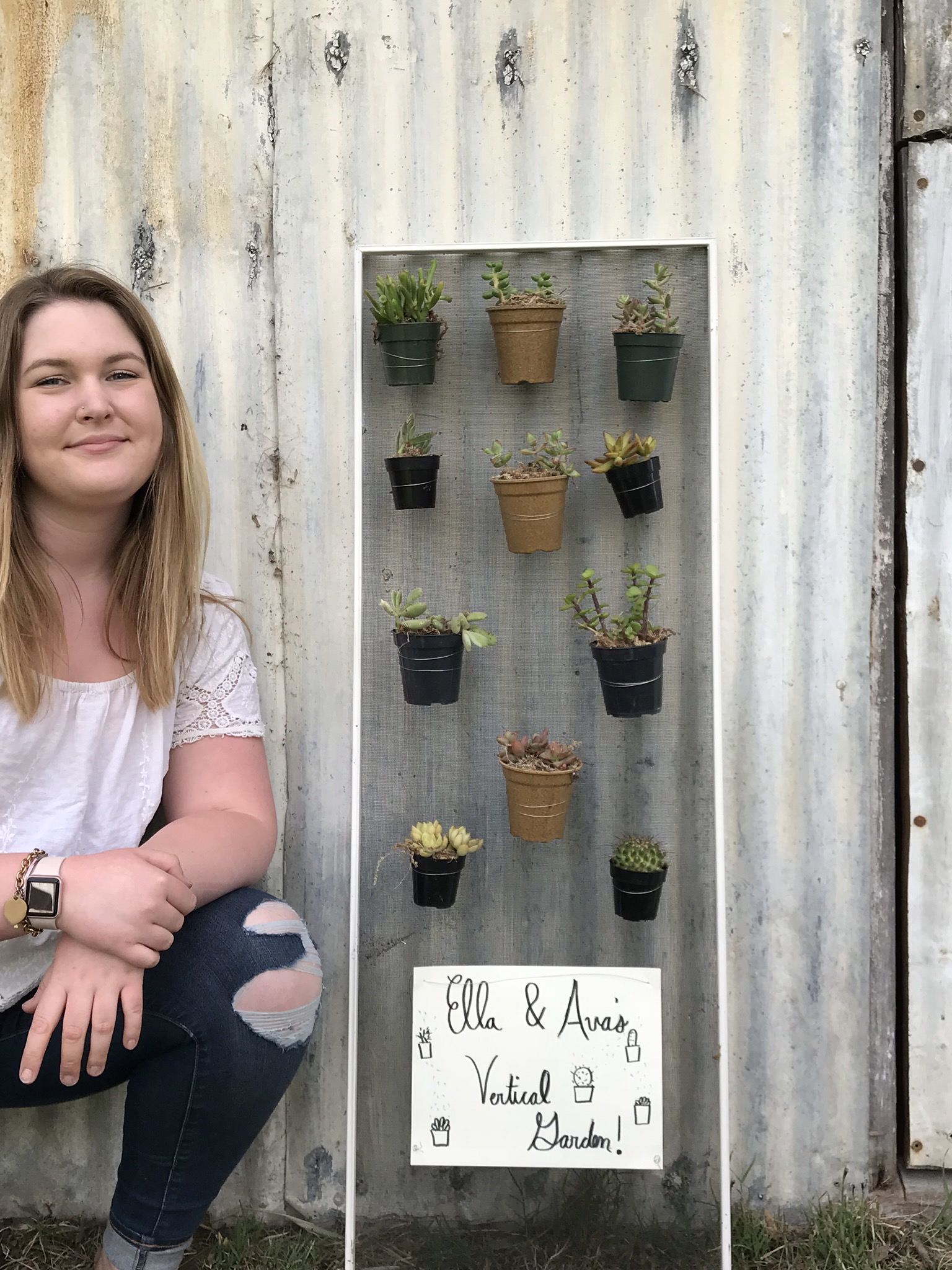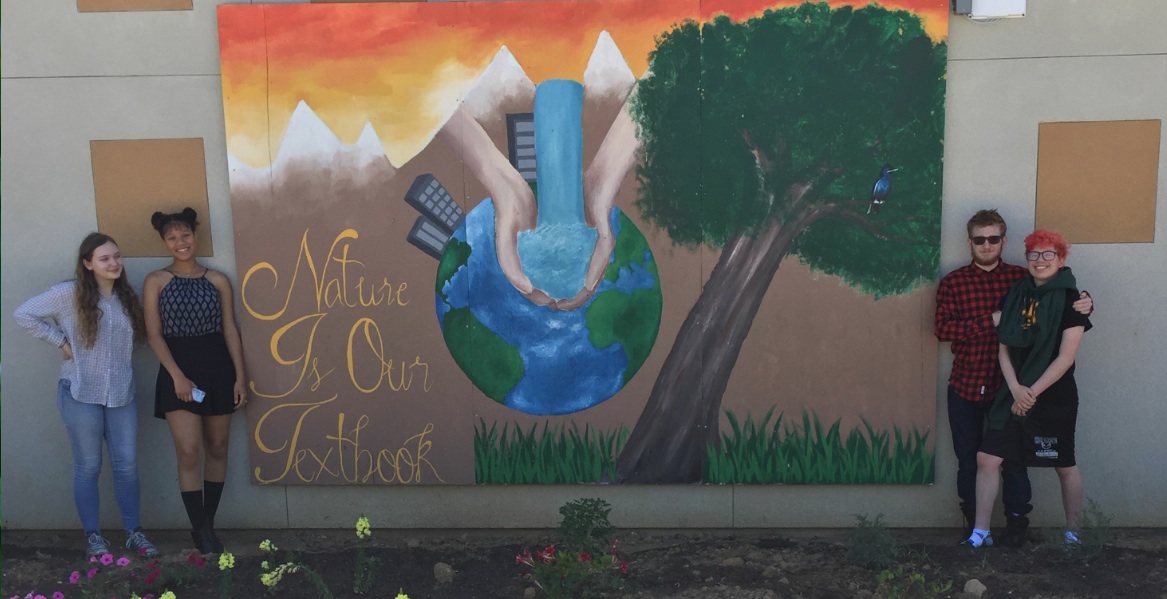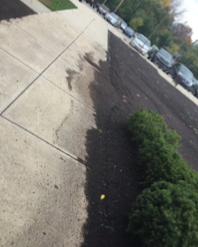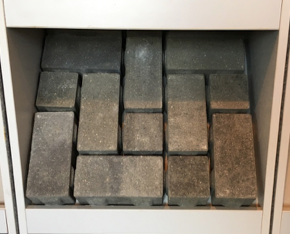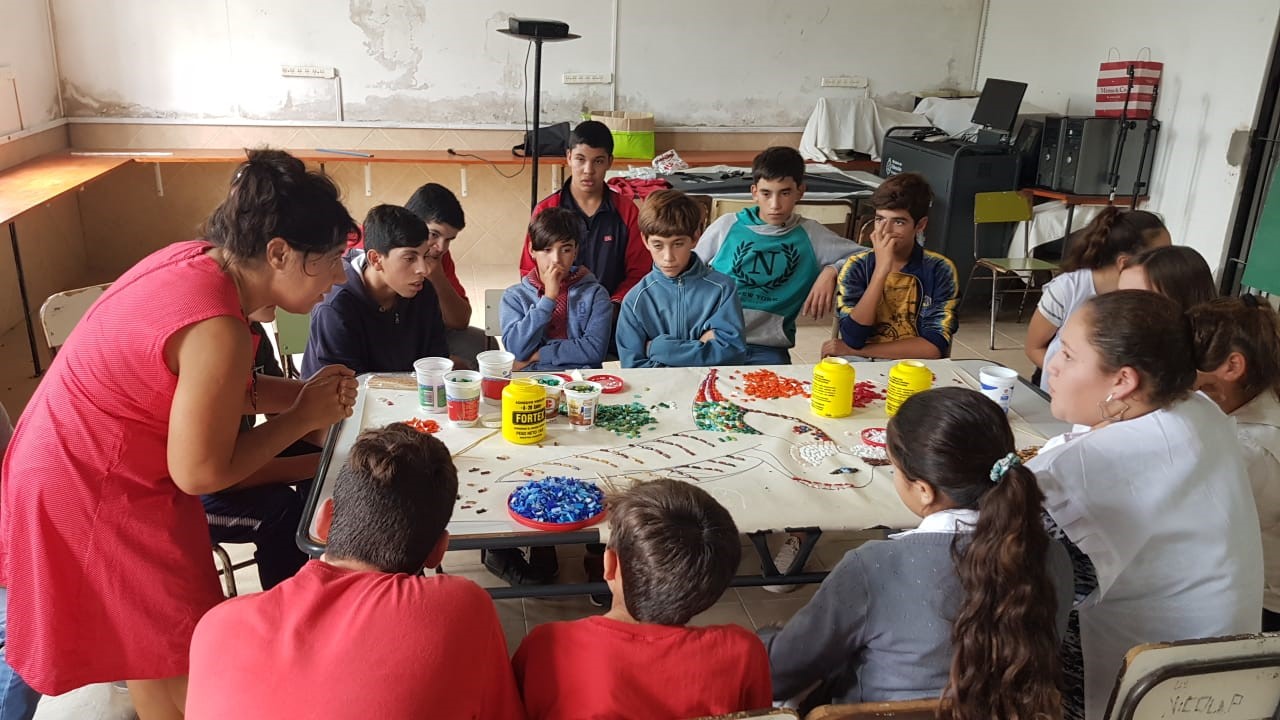
2018 Tres Sargentos, Carmen de Areco, Buenos Aires, Argentina
EES N°3, Tres Sargentos Carmen de Areco. Students: Marcos, Solange, Brisa, Paula (with the participation of all the classroom during implementation)
The aim of this project is to continue with last year’s project “My friend the hummingbird”. That project’s objective was to re-forest the town of “Tres Sargentos” with native trees and bushes, to encourage the presence of birds, specially the hummingbird.
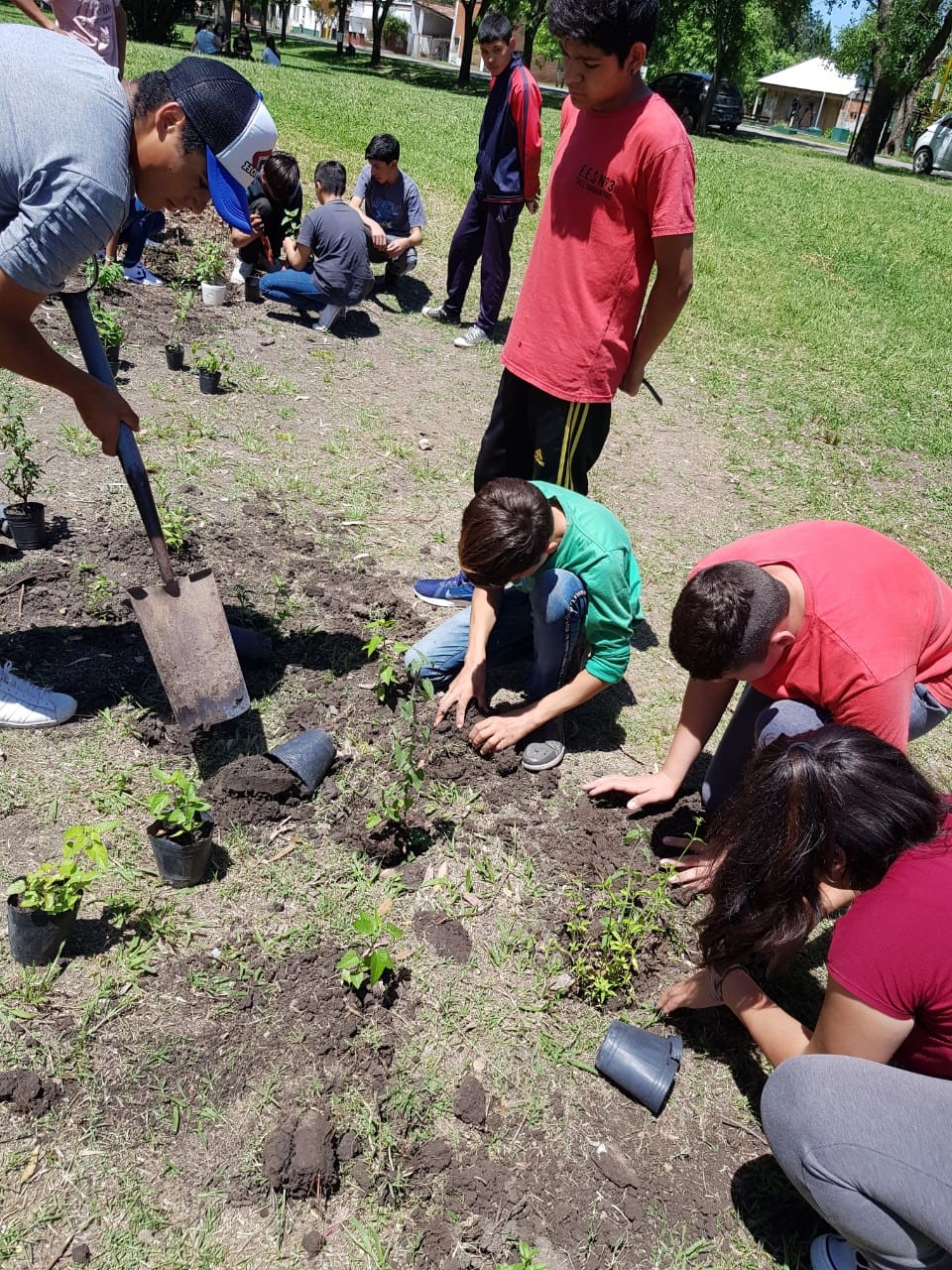
The first step taken was to build a greenhouse in school premises where students planted 1000 seeds of which only 50 plants grew. So, in this second stage, the students of this project worked on mistakes made last year and as a result, they produced more plants.
They finished the year participating in a market where they exchanged plants and it was open to the entire community. The project ended with the plantation of the trees grown at school and other plants and flowers donated by different gardens and people of the town around a large poster made of mosaics at the entrance of the town.
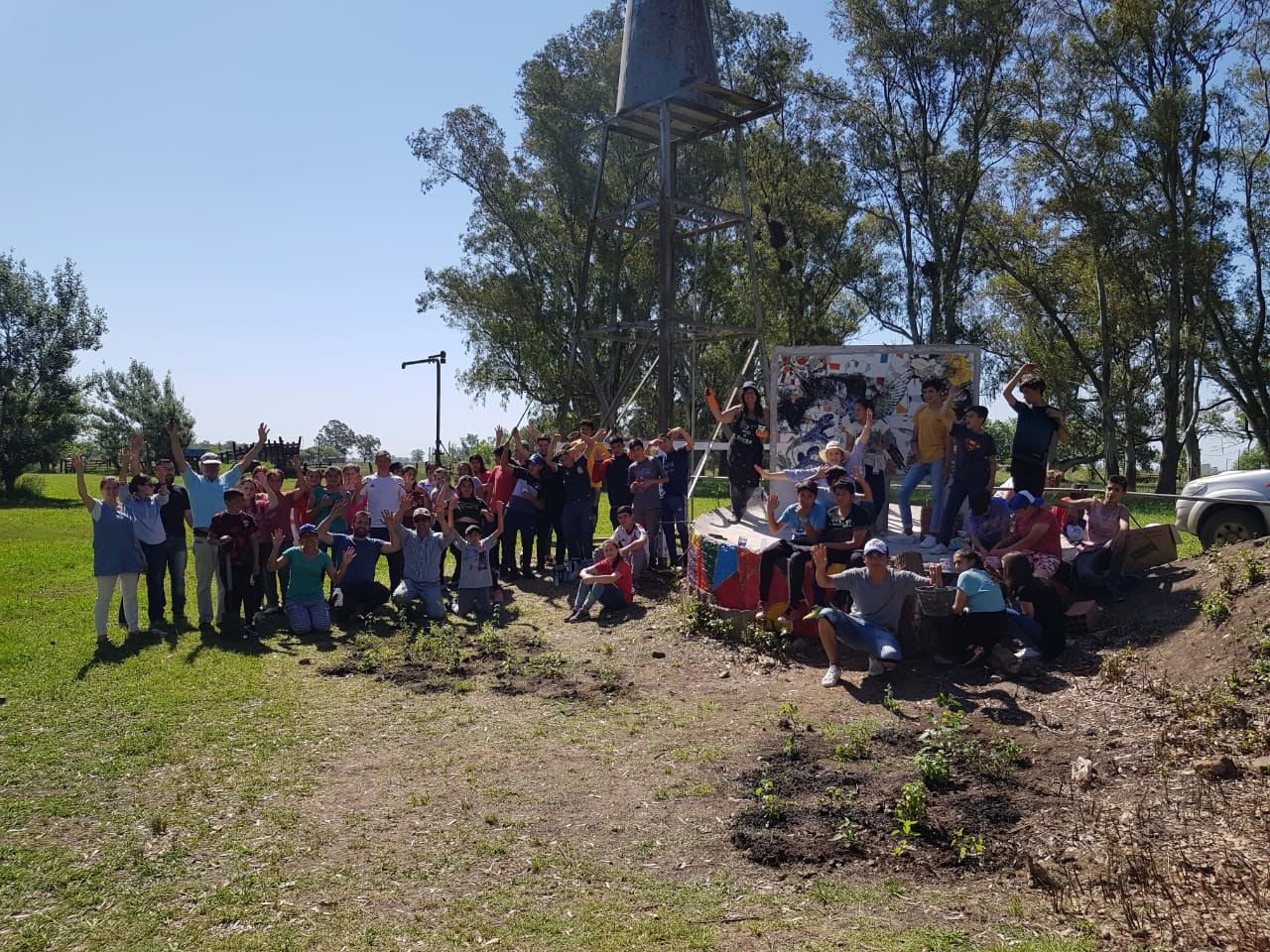
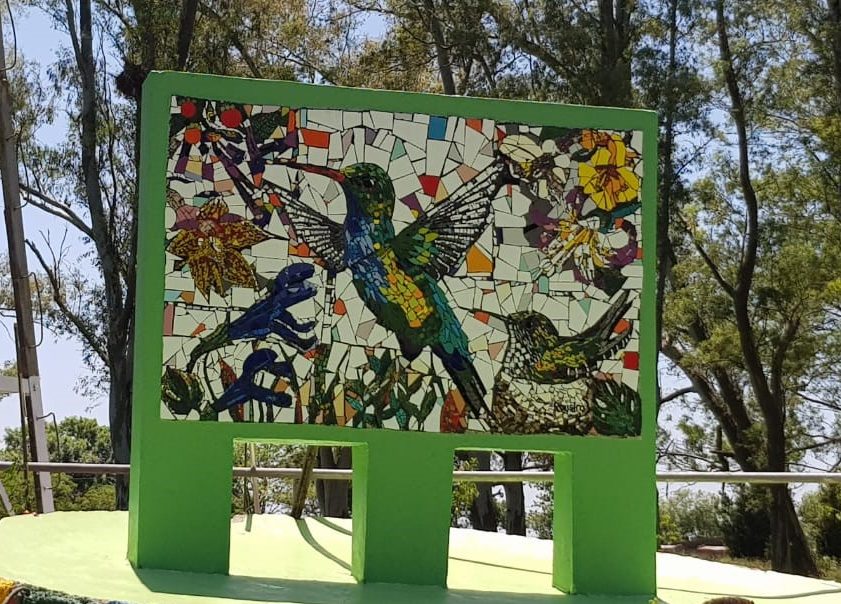
* Some Plants were donated by: Fundación Senderos del monte, Reserva de Gualeguaychu, Vivero de la reserva de Ribera Norte de San Isidro, Vivero de Chicos Naturalistas and Basanta family, Pablo Peliasco, Mauro Fossati and Rodriguez family.

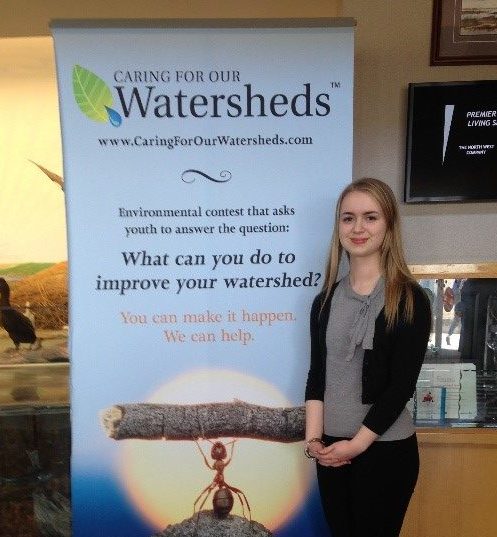 2018, Winnipeg, Manitoba, Canada
2018, Winnipeg, Manitoba, Canada